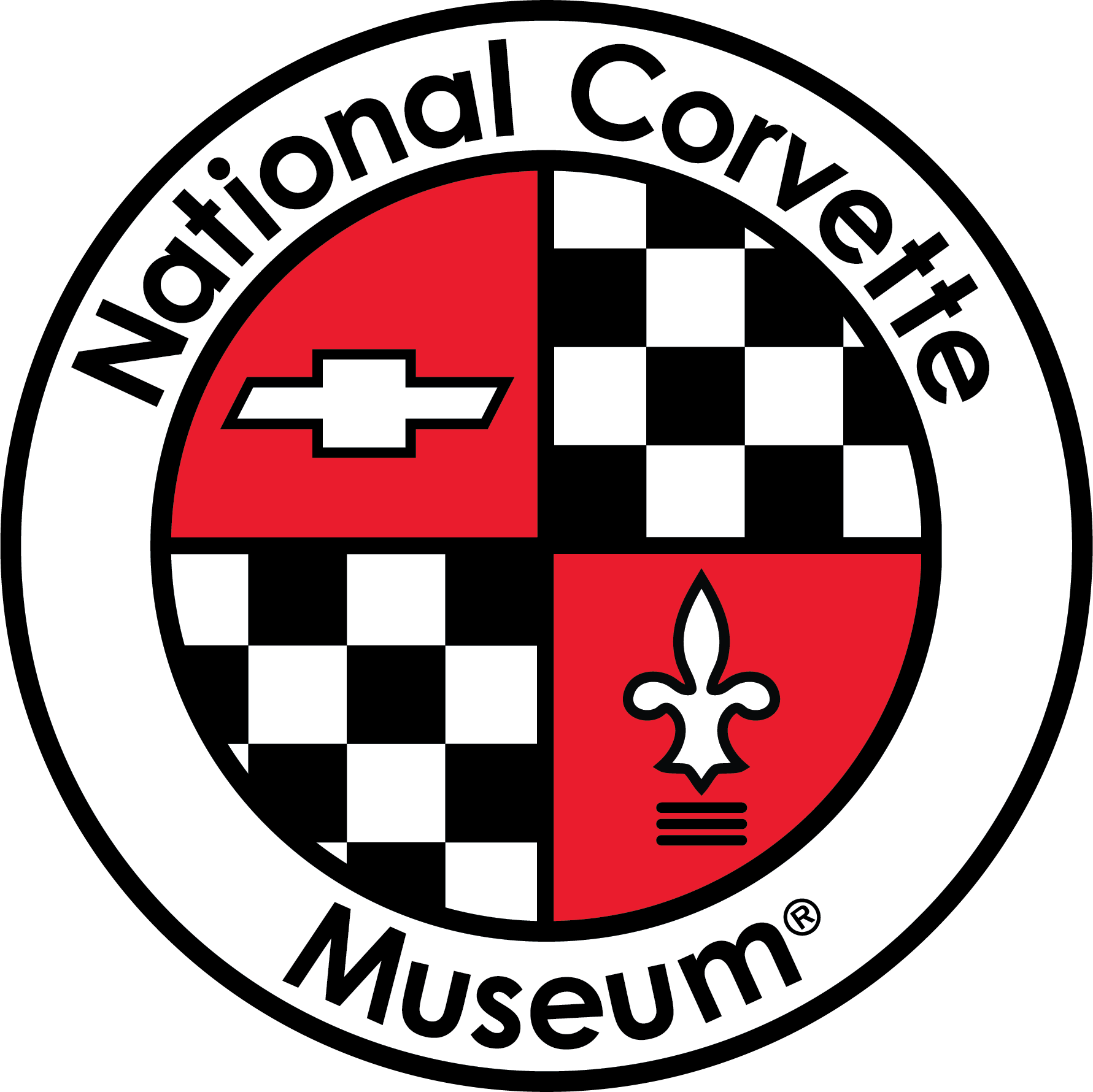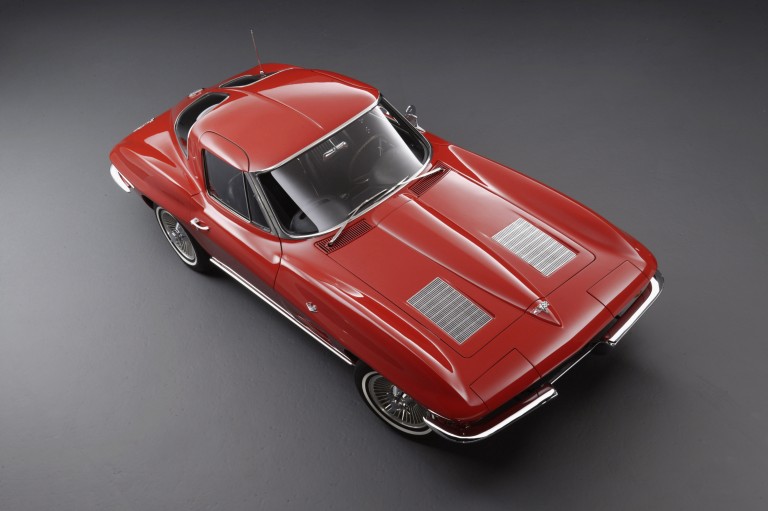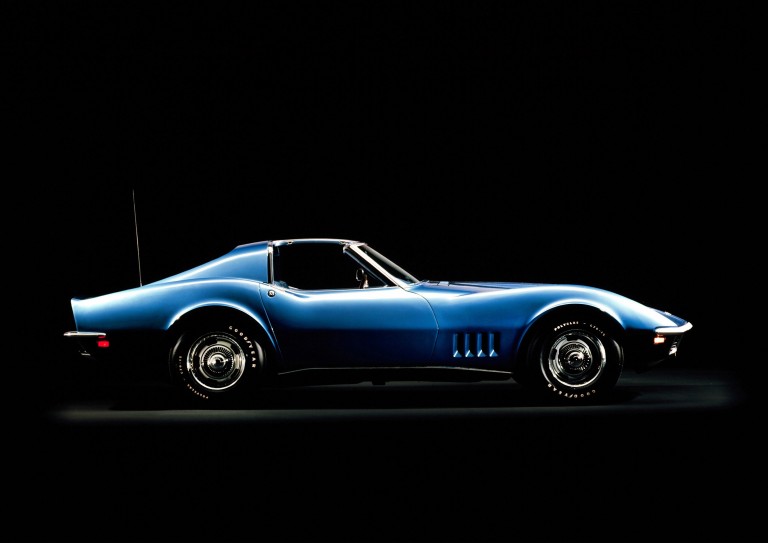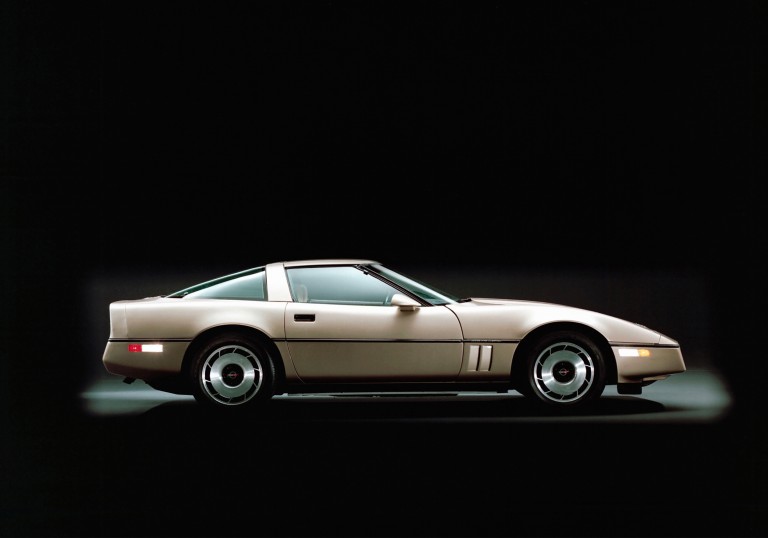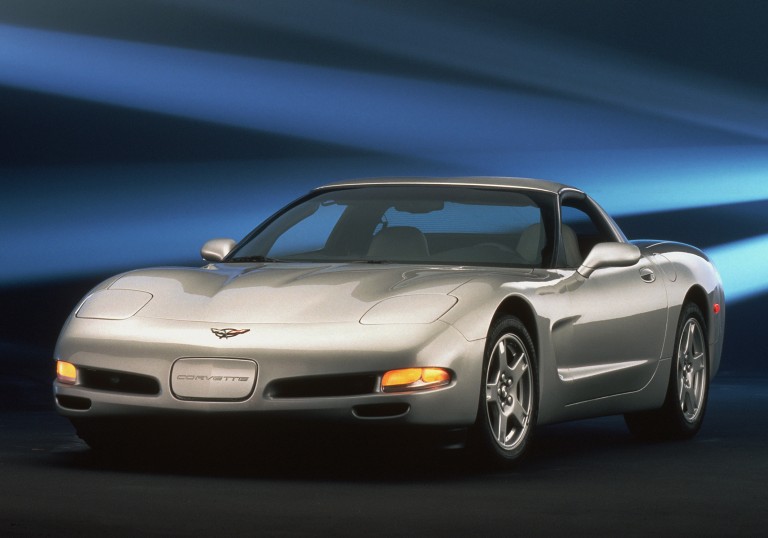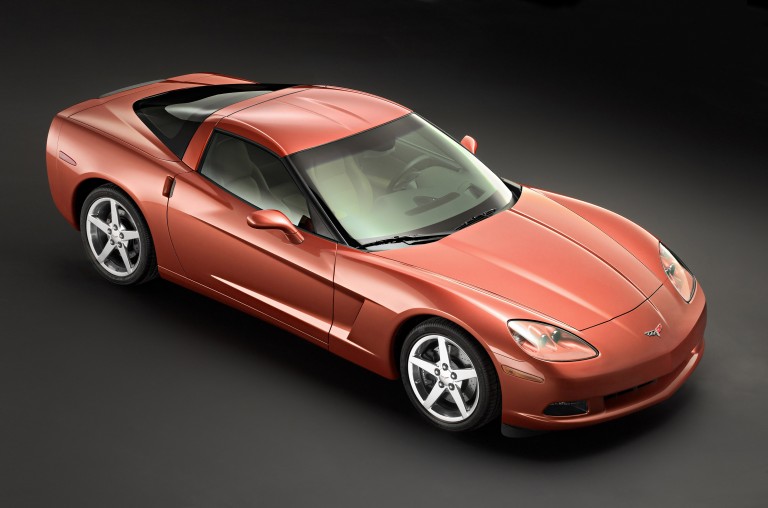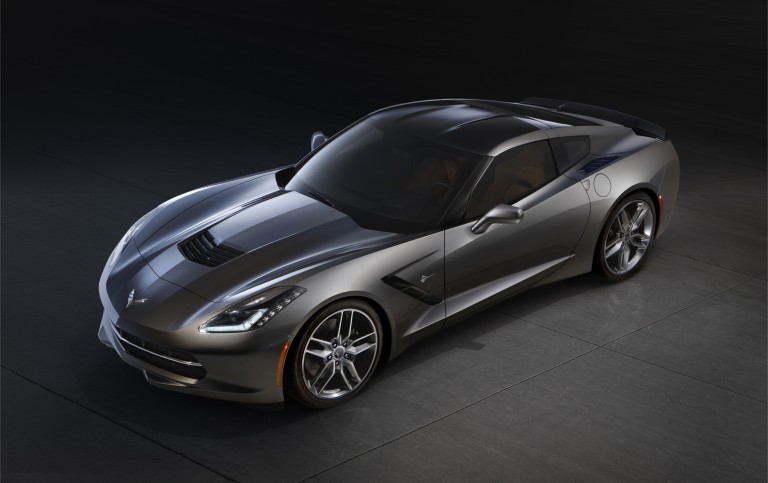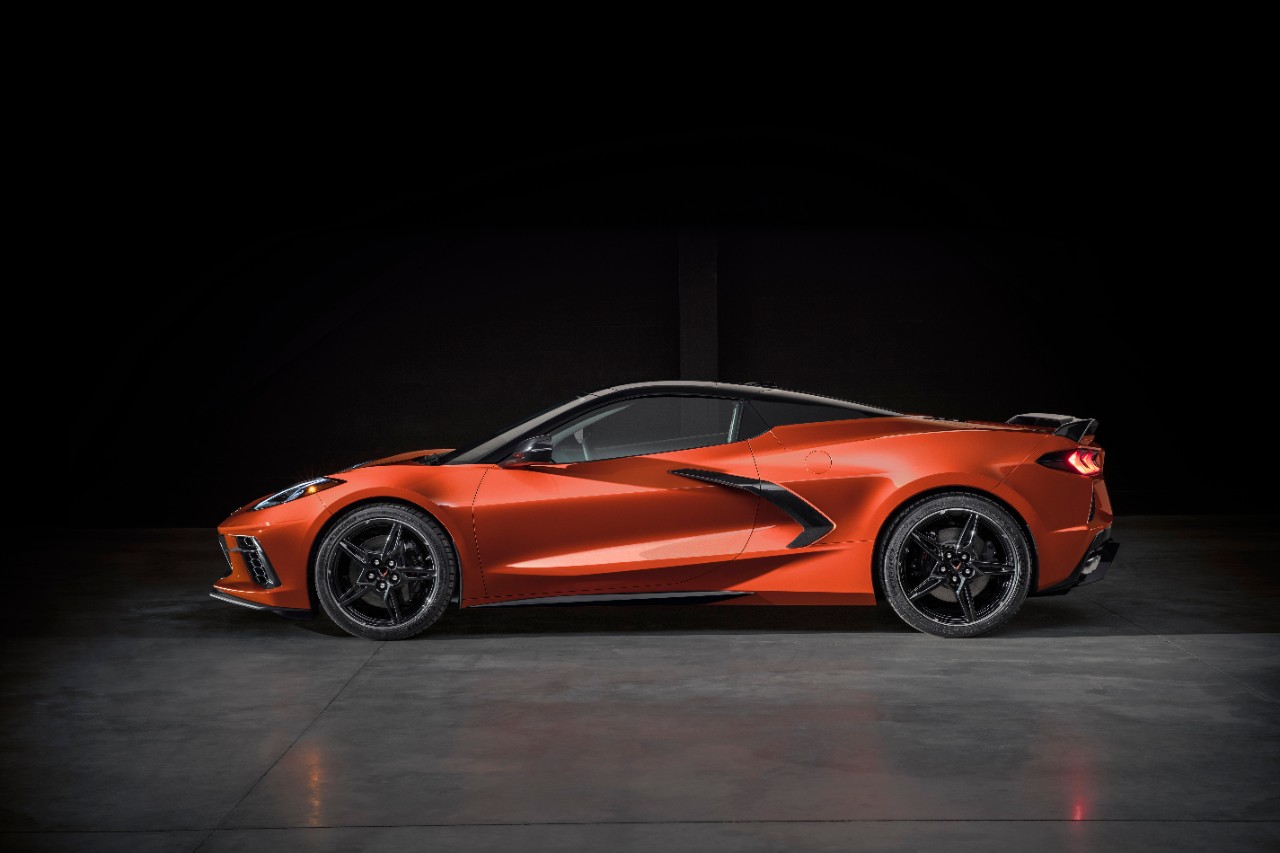GM began production of the esteemed Corvette in Bowling Green in 1981, and the facility has remained the exclusive home of the Corvette for over 30 years. Known around the world as America’s sports car, the Corvette exemplifies the definition of innovation. The Corvette is the world’s longest-running, continuously produced passenger car. When the first Corvette rolled off the line over 60 years ago, it was born an icon.
Corvette didn’t always call Kentucky home, however. In 1953, the first 300 were built by hand in Flint, Michigan, just after General Motors unveiled the Corvette as a “dream car” in the Motorama show in New York’s Waldorf Astoria hotel. The following year, production moved to St. Louis. In June of 1981, Corvette production transferred from St. Louis to Bowling Green, Kentucky.
